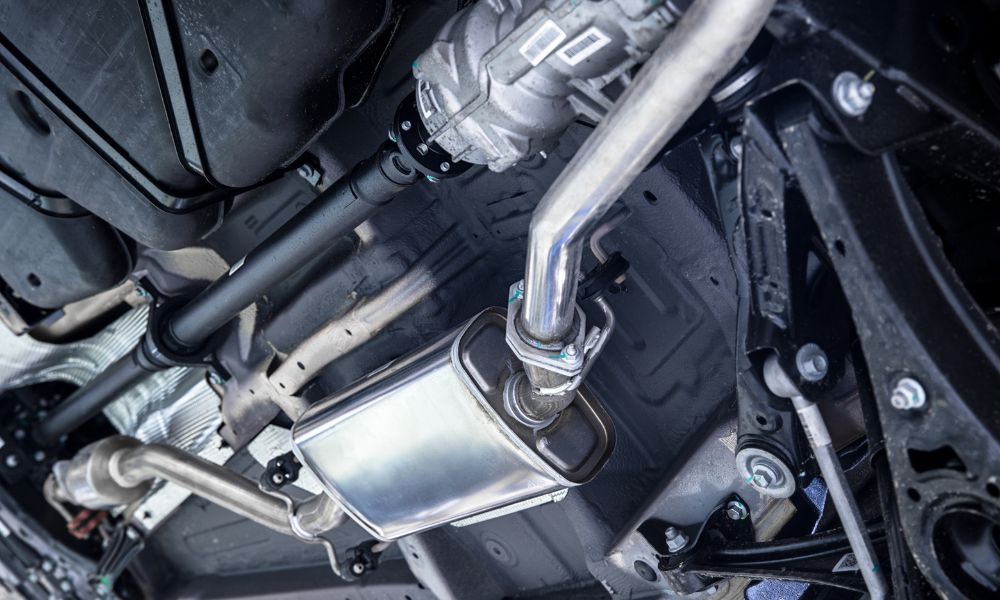How Steel Blanks Are Used in the Automotive Industry
The automotive industry relies heavily on steel blanks for various applications due to their durability, cost-effectiveness, and adaptability. Continue reading to learn more about how steel blanks are used in the automotive industry.
Body Panels and Structural Components
One of the main uses of steel blanks in the automotive industry is for the production of body panels and structural components. These parts provide the framework for a vehicle and play a crucial role in its overall safety, performance, and aesthetics. Steel blanks offer the strength and rigidity needed for these components while remaining lightweight and cost-effective.
Fuel Tanks
Fuel tanks are another essential component in vehicles that often rely on steel blanks. These blanks are shaped into the required size and design to fit each vehicle’s specifications. Steel is a corrosion-resistant and durable material, ensuring the fuel tank can withstand harsh environmental conditions and protect against potential leaks.
Exhaust Systems
The exhaust system is responsible for channeling harmful gases away from a vehicle’s engine and cabin. Steel blanks are widely used in the manufacturing of exhaust systems due to their heat resistance and durability. High-quality ready-to-ship stainless steel blanks help maintain the integrity of the exhaust system, ensuring it functions effectively and lasts for a long time.
Suspension and Chassis Components
The suspension and chassis of a vehicle play a vital role in ensuring a smooth, comfortable ride and optimal handling. Steel blanks are commonly used to create suspension and chassis components, such as control arms, cross-members, and subframes. The strength and resilience of steel make it an ideal material for these critical parts.
Now that you know how steel blanks are used in the automotive industry, never count out steel for your projects. The properties of steel—durability, heat resistance, and cost-effectiveness—make it the go-to material for various applications in the automotive industry and throughout other areas of manufacturing.

